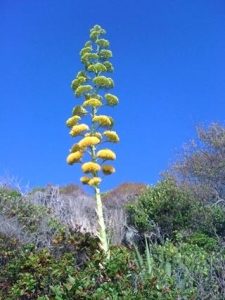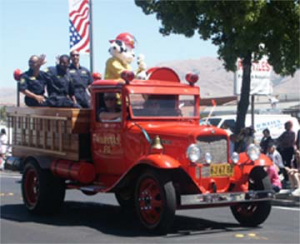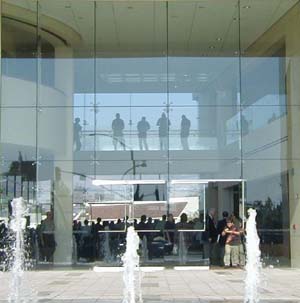How Milpitas Got Its Name
Milpitas – How did it get it’s name?
This story claims it means “A Thousand Pitas,” pitas being century plants.

The name Milpitas is a variation of the plural diminutive of milpa, a Mexican Spanish word for “garden where maize is grown.” The proper diminutive form of milpa, though, is actually milpilla, not milpita. Thus, in Mexico, several towns and villages have the name Milpillas, but there is no Milpitas in Mexico. The word milpa is a word derived from milli, meaning “agricultural field” and pan. meaning “on.”
The following is taken from Charles G. Mann, 1491: New Revelations of the Americas Before Columbus, Alfred A. Knopf, New York, 2005. pp. 197-199.
“Indian Farmers grow maize in what is called a milpa. The term means ‘maize field’ but refers to something considerably more complex. A milpa is a field, usually but not always recently cleared, in which farmers plant a dozen crops at once, including maize, avocados, multiple varieties of squash and bean, melon, tomatoes, chilis, sweet potato, jicama, amaranth (a grain-like plant), and mucuna (a legume). In nature, wild beans and squash often grow in the same field as teosinte (an ancestor of corn), and beans using the tall teosinte as a ladder to climb toward the sun; below ground, the beans nitrogen-fixing roots provide nutrients needed by teosinte. The milpa is an elaboration of this natural situation, unlike ordinary farms, which involve single-crop expanses of a sort rarely observed in unplowed landscapes.

“Milpa crops are nutritionally and environmentally complementary. Maize lacks the amino acids lysine and tryptophan, which the body needs to make proteins and niacin. Beans have both lysine and tryptophan, but not the amino acids cysteine and methionine, which are provided by the maize. As a result, beans and maize make a nutritionally complete meal. Squashes, for their part, provide an array of vitamins; avocados, fats. The milpa, in the estimation of H. Garrison Wilkes, a maize researcher at the University of Massachusetts in Boston, ‘is one of the most successful human inventions ever created.’
“Wilkes was referring to the ecological worries that beset modern agribusiness. Because agriculture fields are less diverse than natural ecosystems, they cannot perform all their functions. As a result, farm soils can rapidly become exhausted. In Europe and Asia, farmers try to avoid stressing the soil by rotating crops; they may plant wheat one year, legumes the next, and let the field lie fallow in the year following. But in many places this only works for a while, or it is economically unfeasible not to use the land for a year. Then farmers use artificial fertilizer, which at best is expensive, and at worst may inflict long-term damage on the soil. No one knows how long the system can continue. The milpa, by contrast, has a long record of success. ‘There are places in Mesoamerica that have been continuously cultivated for four thousand years and are still productive.’ Wilkes told me. ‘The milpa is the only system that permits that kind of long-term use.’ Likely the milpa cannot be replicated on an industrial scale. But by studying its essential features, researchers may be able to smooth the rough ecological edges of conventional agriculture. ‘Mesoamerica still has much to teach us.’ Wilkes said.”
So the name Milpitas as used by Jose Maria Alviso to name his land grant, Rancho Milpitas, thus most likely meant “little or precious garden where many crops can be grown,” reflecting the rich alluvial soils of the area. As a nineteenth century California Spanish idiomatic expression, the reason Alviso used Milpitas to name his rancho, occupying more than 4,000 acres (1,618 hectares), is, for the present, lost to us. Given the extended meaning attached to milpa, however, the most reasonable modern American equivalent expression to Milpitas might be “backyard vegetable garden.” Such an understatement for a seven square mile (eighteen square kilometers) rancho reveals that Alviso may have possessed a sense of humor. And reminds one of Governor Leland Stanford referring to his ten square mile ranching and timber complex near Palo Alto, CA as his “farm.”
All text is available under the terms of the GNU Free Documentation License.































